Deadheading daylilies is an important gardening practice for those who want to keep their daylily plants looking their best, and encourage more blooms throughout the growing season.
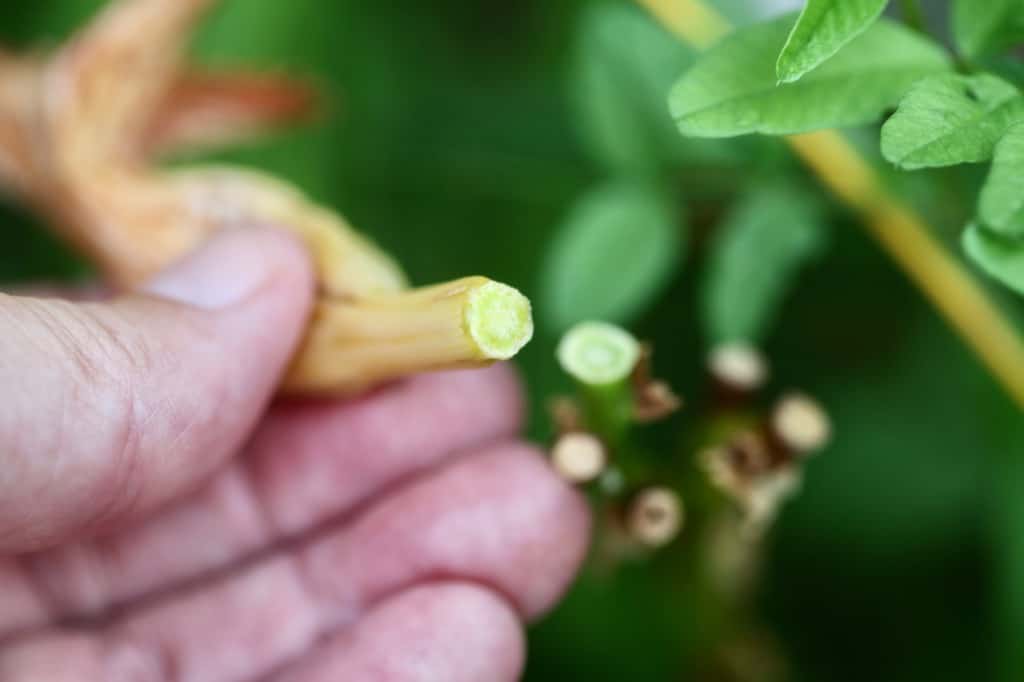
Daylilies, or hemerocallis, are popular perennial flowers known for their vibrant trumpet shaped flowers and low-maintenance care. By deadheading, or removing spent flowers on a daylily scape, gardeners can stimulate new growth, improve plant appearance, and contribute to overall health of their daylily plant.
While some varieties of daylilies might not require deadheading to maintain their appearance, others may show evidence of a direct response within the season. In particular, reblooming varieties of daylilies will benefit from deadheading, and will be more productive throughout the growing season as a result.
Even daylilies that don't have a tendency to rebloom can benefit, and may show evidence of plant growth, and have an increase in flower production during the next growing season.
As a gardener it's important to educate yourself about the daylilies in your garden, and tailor your deadheading methods to the specific needs of your plants.
Keep in mind, if you are planning on hybridizing your daylilies and gathering seeds, deadheading spent blooms will be a bit trickier. In this case it's sometimes easier to allow the plant to shed the spent flowers on it's own, rather than risking knocking off precious daylily pods in the process.

To deadhead daylilies properly, it's important to understand the life cycle of daylily blooms, and the appropriate techniques for removing the blooms.
Understanding Daylilies
Daylilies are perennial flowering plants belonging to the family Asphodelaceae. The plants are cherished for their beautiful flowers, which come in a wide variety of colors and forms.
There are many different types of daylilies, that can appeal to a wide variety of tastes. The flowers of daylilies can be small or large, spider shaped or round, and toothy, ruffled or smooth edged.
Daylily plants have a vigorous growth habit, producing numerous flowering scapes in early spring with multiple buds. The foliage consists of blade-like green leaves, which form together at the base of the plant creating a dense clump. The root system is composed of rhizomes and tubers, which store energy for the plant's growth.

Flowering Period
Each flowering scape can have flowers in bloom for up to a month, depending on the amount of flower buds on the scape.
The flowering period of daylilies is cultivar dependent, meaning that some are early bloomers, some are mid-season bloomers, and some are late bloomers during any typical growing season.
A unique characteristic of daylilies is that each individual flower on the scape lasts only a day, hence the name "daylily". After blooming, the spent flowers gradually wither over the course of several days, and eventually fall from the stem, if not fertilized.

Seed Pod Formation
If the flowers have been fertilized, a daylily seed pod may develop on the flower stem at the base of the flower, and the spent bloom may not fall off right away. Rather, these flowers tend to dry and cling to the growing pod for some time.
If you plan to keep any of these pods for seed collection, be very careful with the cleanup of the attached and withered blooms. It's very tempting to pull the dried flowers off the pods, however it's also very easy to knock the pods off the stem in the process.
Each daylily seed pod has the potential to grow and produce mature seeds, approximately 60 days after fertilization.
The growth of these daylily seed pods takes a tremendous amount of energy from the plant. This is an important consideration to keep in mind, especially for reblooming daylilies, as it can affect rebloom.
For this reason, deadheading is very beneficial, as it helps the plant to redirect all of this energy back into the plant, rather than use it for seed production.
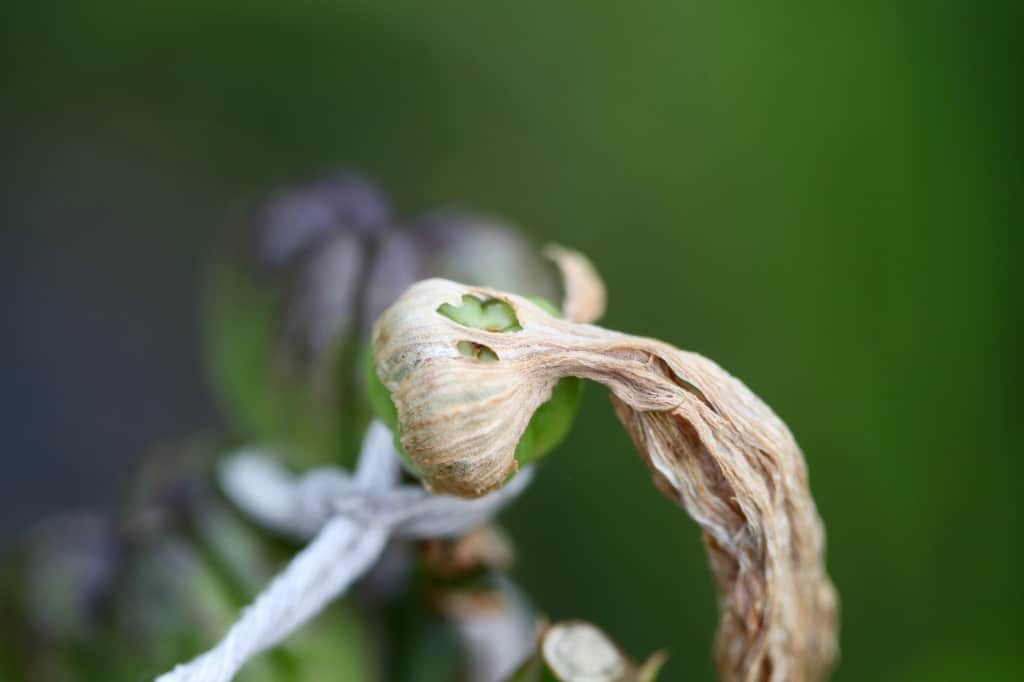
The Benefits Of Deadheading
Deadheading is the process of removing dead flowers from the plant, to encourage further blooming, and to maintain a tidy appearance. For daylilies, deadheading helps to improve the overall health and vigor of the plants, in addition to the following:
1. Redirects Energy: By removing faded flowers, energy is redirected to the growth of new blooms and the development of stronger roots, rather than to seed development. The improvement in blooming can occur on the currently blooming scapes that still have undeveloped buds, or on new scapes that may form following the deadheading process.
2. Encourages Reblooming: In those daylily cultivars that have a tendency to rebloom, deadheading assists in promoting the formation of new flower scapes, increasing blooming throughout the season. It should be noted however that not all daylily cultivars will rebloom.
3. Aesthetic Improvement: Spent daylily blooms can be unattractive, and sometimes they can be wet, heavy, and full of dye, until they have dried out thoroughly. Regular removal of these spent flowers keeps the plants looking fresh and inviting.
4. Promotes Plant Health: Deadheading can help to prevent the spread of diseases that occur in decaying flowers, promoting healthy plants. This gardening practice can also help to deter pests such as slugs, snails and aphids, and others, that are attracted to dying or dead blooms.
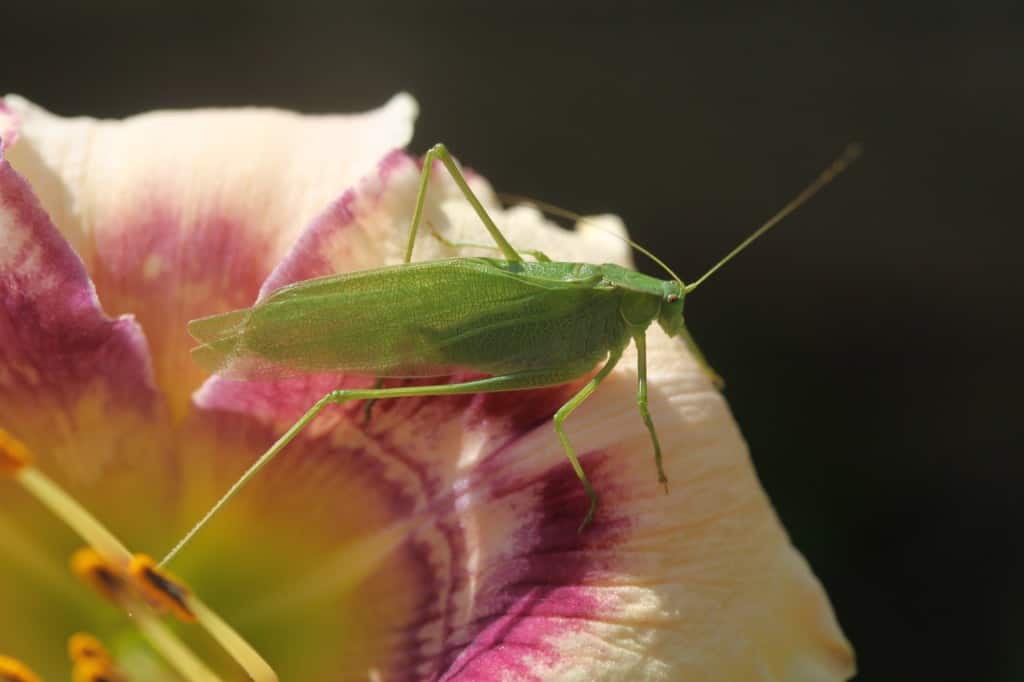
When To Deadhead Daylilies
During The Flowering Period
The very best time to deadhead daylilies is after the flowers begin to wilt and shrivel.
Daylilies have a short bloom period, with each bloom lasting only 24 hours or less. To maximize the plant's potential, deadhead the spent flower heads as soon as they begin to wilt or shrivel.
This prevents the plant from spending energy on a dying flower and seed formation, allowing it to redirect resources back to the plant.
Daylilies have new flowers blooming every day during their blooming cycle. This will mean regular and daily deadheading during that period of time.
Luckily this type of deadheading is easy, and actually quite rewarding. There is instant improvement in the plant's appearance with the removal of the spent blooms.
If by some chance you don't get to the plants on a regular basis, you can still deadhead the spent blooms. To do this, just remove any dried and spent flowers, along with any forming pods, that you find on the scapes.

After The Flowering Period
Even if you have left the whole deadheading process until the end of the blooming period, it's still helpful to deadhead.
At this point it is easiest to just remove the spent scapes, along with any pods that are attached.

How To Deadhead Daylilies
Removing Spent Flowers
The process of deadheading daylilies is simple. The flowers easily snap from their position on the scape once they have begun to shrivel and wilt.
You can certainly remove them by hand for best results.
Consider wearing gloves and protecting your clothes from the dye that can ooze out from the wet blooms. The flower dye on spent blossoms can cause some staining, especially when coming from darker blooms.
I don't use gloves, however my hands are often discolored from the dye. It readily washes off, and is non-irritating.
To deadhead, hold the base of the spent flower and bend it away from the stem.
At 24 hours post blooming there can be a slight effort to snap off the flower. The older and drier the spent bloom, the easier the release from the stem.
Gather up the deadheaded flowers and place in the compost. You can also just leave them in the garden to compost.
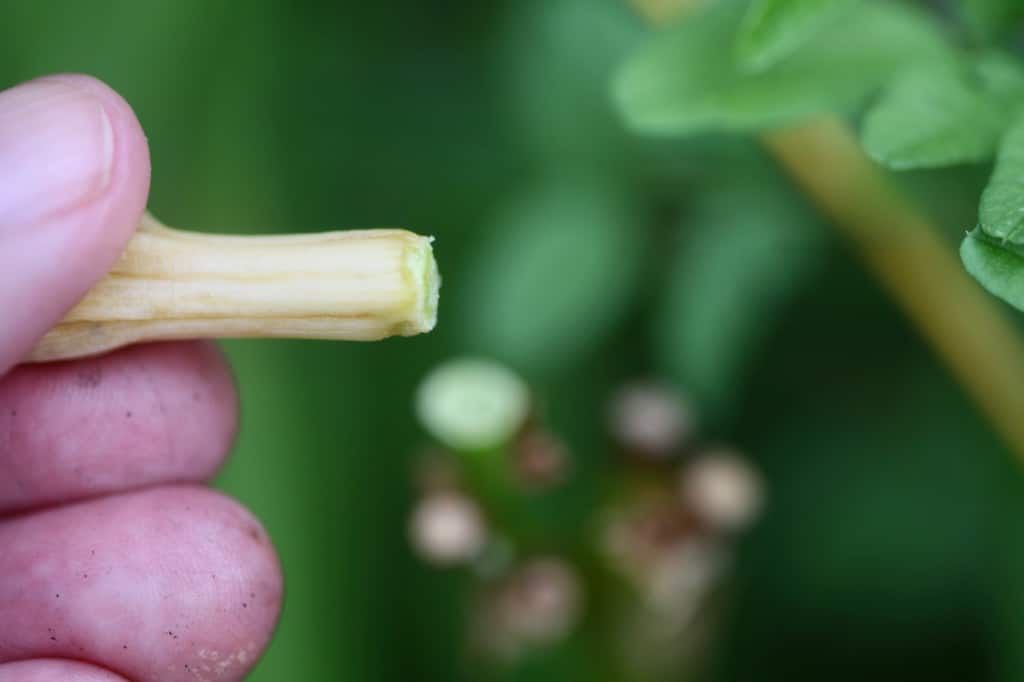
Removing Seed Pods
If daylily seed pods have formed, do the same thing with the pods. Snap them from the stem with your hand. The pods will easily snap off.
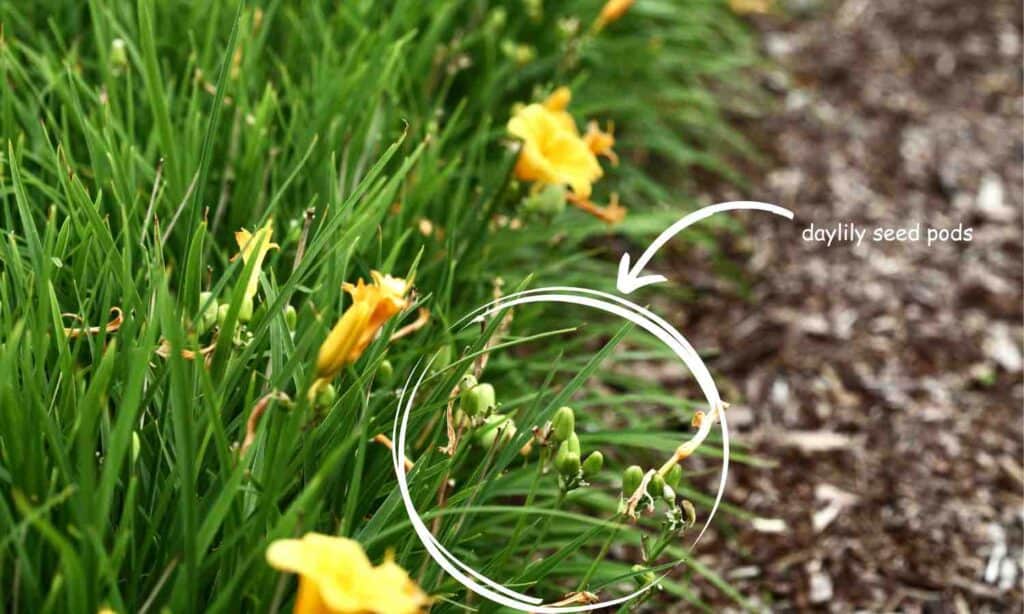
Removing Scapes
If you are deadheading at the end of the bloom cycle and are dealing with multiple scapes with seed pods, the best way to deadhead is to remove the scapes entirely from the plant. That way the plant gets tidied up at the same time.
To do this you will need a pair of gardening snips or hand pruners. Remove the scapes by cutting them off at the base, close to the ground.
At this point you can also tidy the plant by removing any yellowed or old leaves. This helps to give the plant a complete refresh.
Places the scapes and dead foliage into the compost.


Frequently Asked Questions
Is It Necessary To Deadhead Daylilies?
It is not absolutely necessary to deadhead daylilies. In fact, my daylilies that are used for hybridizing purposes are not deadheaded at all during the growing season.
If you do chose to deadhead however, there will be benefits for the plant. This includes increased energy directed back to the plant for growth, and potential for an increase in plant health.

When Is The Best Time To Deadhead Daylilies For Continued Blooms?
The best time to deadhead daylilies is immediately after individual flowers have wilted and begun to fade. By removing spent blooms promptly, the plant will redirect energy towards plant growth, as well as producing more flowers.
Ideally, deadheading should be done on a daily basis, as daylilies typically bloom for just one day before they fade.

What Should You Do With Daylily Seed Pods After Deadheading?
If you have removed spent daylily flowers from the scape, generally you will be removing any potential seed pods as well. Sometimes however a little pod may have started to grow, and the flower can be removed while inadvertently leaving the pod intact.
Once discovered, seed pods can be easily removed from the plants. Unless you intend to collect seeds for propagation, it's recommended to remove these seed pods as well. This further ensures that the plant's energy is focused on blooming and overall growth, rather than seed production.
Seed pods that are deadheaded when green and immature, will not contain viable seeds.
Discard the pods by placing them in the compost.
If deadheading at the end of the season however, you may also come across seed pods that are dried and yellow or brown. If these pods have seeds inside, you can try your hand at growing some new daylily plants from seed.
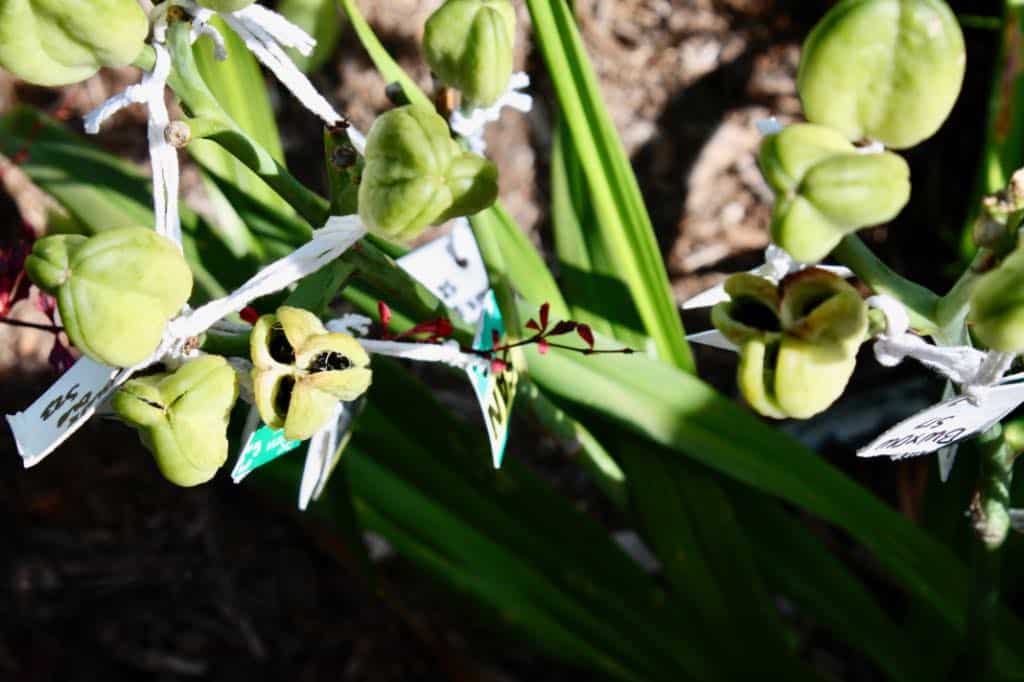
Are There Special Considerations For Deadheading Stella D'Oro Daylilies?
Stella D'Oro is a popular daylily cultivar due to it's reblooming nature. This daylily is often used in landscape design, due to it's attractive form, vibrant flowers, and long blooming period.
If you grow Stella D'Oro or any other reblooming daylily in your landscape or garden, consider the value of deadheading these plants.
Regular deadheading helps encourage more flowering throughout the season. This occurs as the plants put out new stems for a second flush of blooms.
Deadhead Stella D'Oro as you would any other daylily. Remove spent blooms, flower stalks and pods, to provide more energy to the plant for blooming.
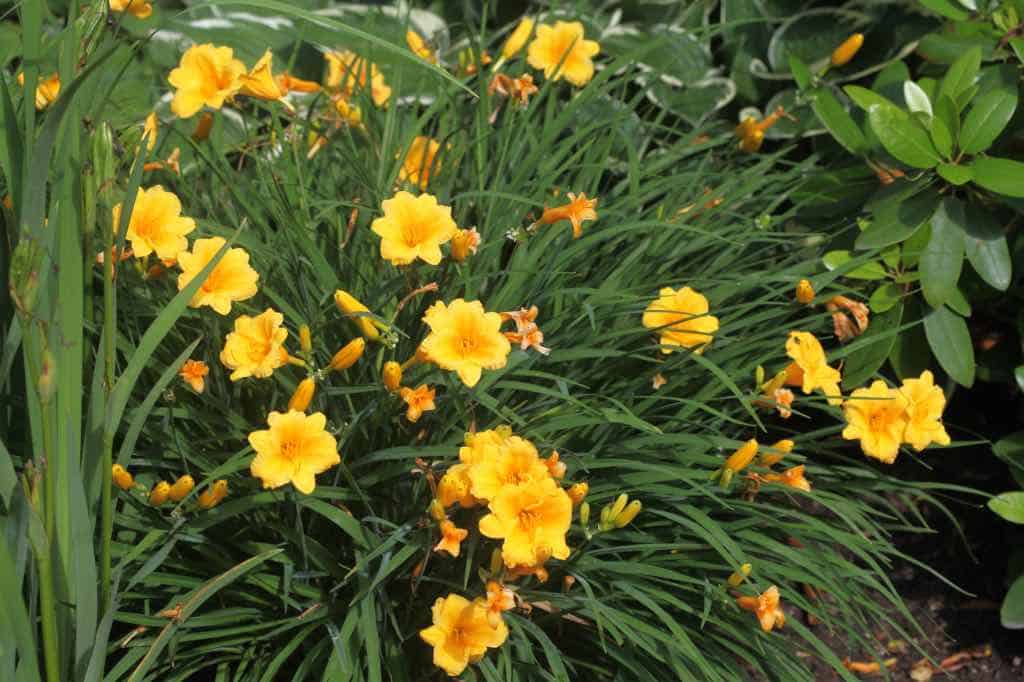
Conclusion
Deadheading daylilies is a simple yet important practice. This practice is for any gardener looking to maximize the beauty and health of these vibrant plants.
By regularly removing spent blooms, you not only encourage more flowering, but also contribute to the overall vigor of the daylily itself.
Unless you are planning to collect seeds from your daylily plants, consider a routine of regularly deadheading spent blooms so that the plants can't form seed pods. As you incorporate deadheading into your gardening routine, you will be able to see a difference in your daylilies, while also keeping them tidy and maintained.
If the daylilies in your garden are not known to be rebloomers, you may need to wait until next season to see the results of your efforts. Rest assured, it is well worth the wait.

Have you ever deadheaded your daylilies? Be sure to leave a comment below to share your experience!
Other Posts You May Like:
PIN IT FOR LATER!



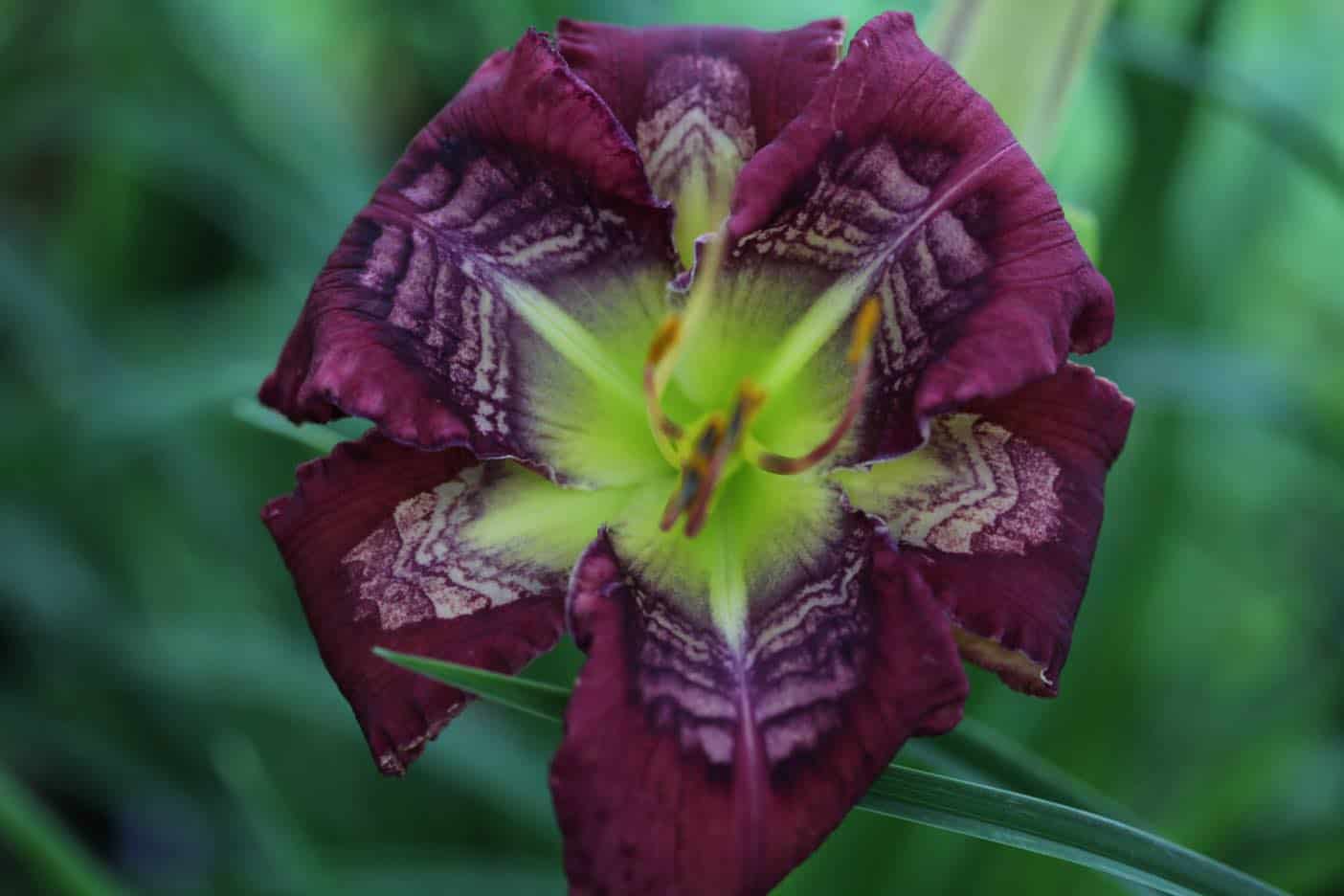
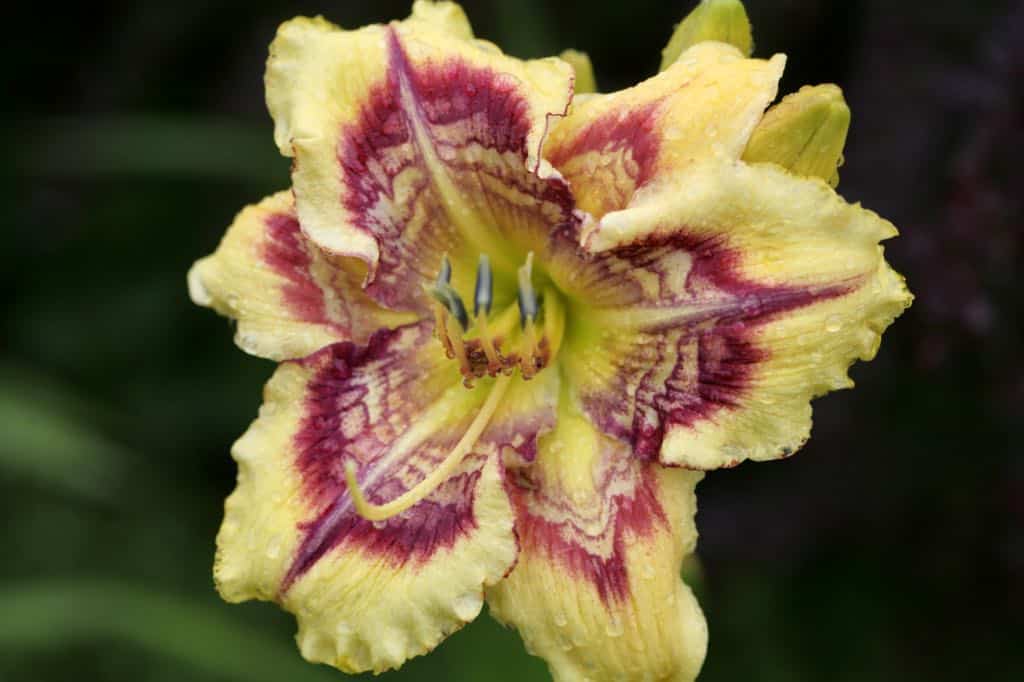


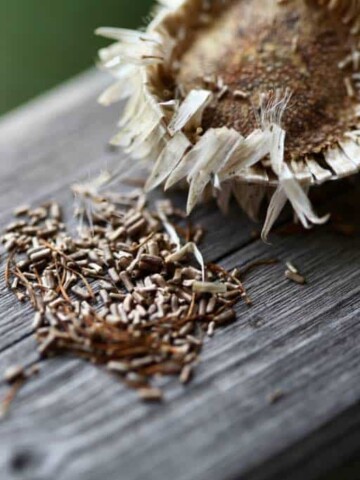

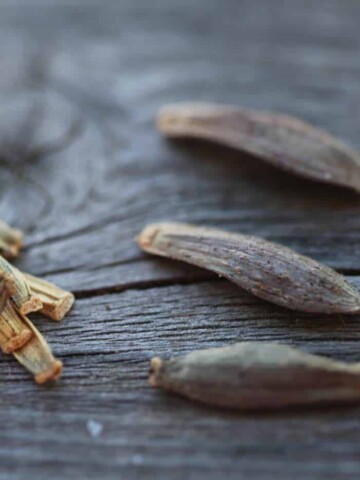
Leave a Reply